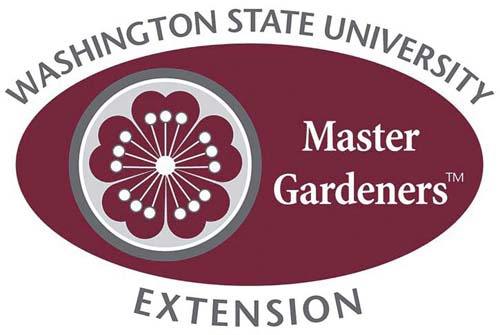By Bob Levinson and Alice Deane
Did you ever look at a tomato seed and realize the wonder of it all? That tiny seed will eventually produce pounds of fruit. Seeds have been the life blood of our civilization for thousands of years. When settlers came to this country they brought seeds with them for the next year’s crops. They didn’t have stores to shop in and those seeds meant they would be able to survive another year. It was critical for the settlers to make sure they saved enough seeds for the next year’s crops. Over the years they were able to select seeds from plants that produced the best of the crop. Over the years and centuries their seeds represented the finest of the crop with the best chance of survival and high yield.
These seeds that were passed down from generation to generation are open-pollinated, meaning that the seeds would produce the same type of plant that the parent seeds produced.
Today through plant science we are able to cross-pollinate different varieties of the same type of plant to produce offspring with certain qualities, mainly for commercial use.
These seeds are called hybrids and the seeds from these plants will not produce the same plant as the parent. You never know what you will get when you plant a seed from a hybrid plant. Open-pollinated seeds will grow the same plants as the parent plants. Heirloom seeds are open-pollinated that are older than 50 years. These are the seeds that have been handed down from generation to generation and over the years have developed resistance to disease and have good eating qualities and yields.
Due to hybridization, especially for the commercial market, and the genetically modified seed production we are losing many of the open-pollinated seed stock. Organizations have formed to save heirloom seeds. Norway has recently started a seed bank in the permafrost to save seeds for future generations, especially in case of catastrophic events. There are several seed-saving organization that are saving and reproducing many of these heirloom plants.
How does all this relate to you the home gardener? If you are growing open-pollinated plants you can save the seeds and plant them the next year. At the Master Gardener Demo garden we have been saving and replanting seeds for over five years. The seeds we have been saving are tomatoes, peppers, squash, garlic, peas and beans.
We have obtained these seed from many sources and places, and will first grow them in the Demo Garden or in our own gardens to make sure they adapt to our climate. The fruit types are the easiest to save; plants such as beets, spinach, celery, broccoli carrots may have to be left in the ground for another year to develop the seed pods.
The best way to save tomato seeds is to take the seeds from a cut tomato and place it in a sieve, then run water over the seeds gently rubbing the gel off the seed. Place the seeds in a small dish with water. Any non-viable seeds will float to the top. Viable seed will remain on the bottom. Let the dish stand for a few days, away from direct sunlight. Then if needed, repeat the sieve procedure until the seeds are clean. Allow them to dry and place them in a sealed container, preferably in the refrigerator or cool place until the next planting season. Follow the same procedure with pepper and squash seed. Beans and peas can be taken from dried pod.
For additional information about seed savings call the Extension office at 378-2064.




